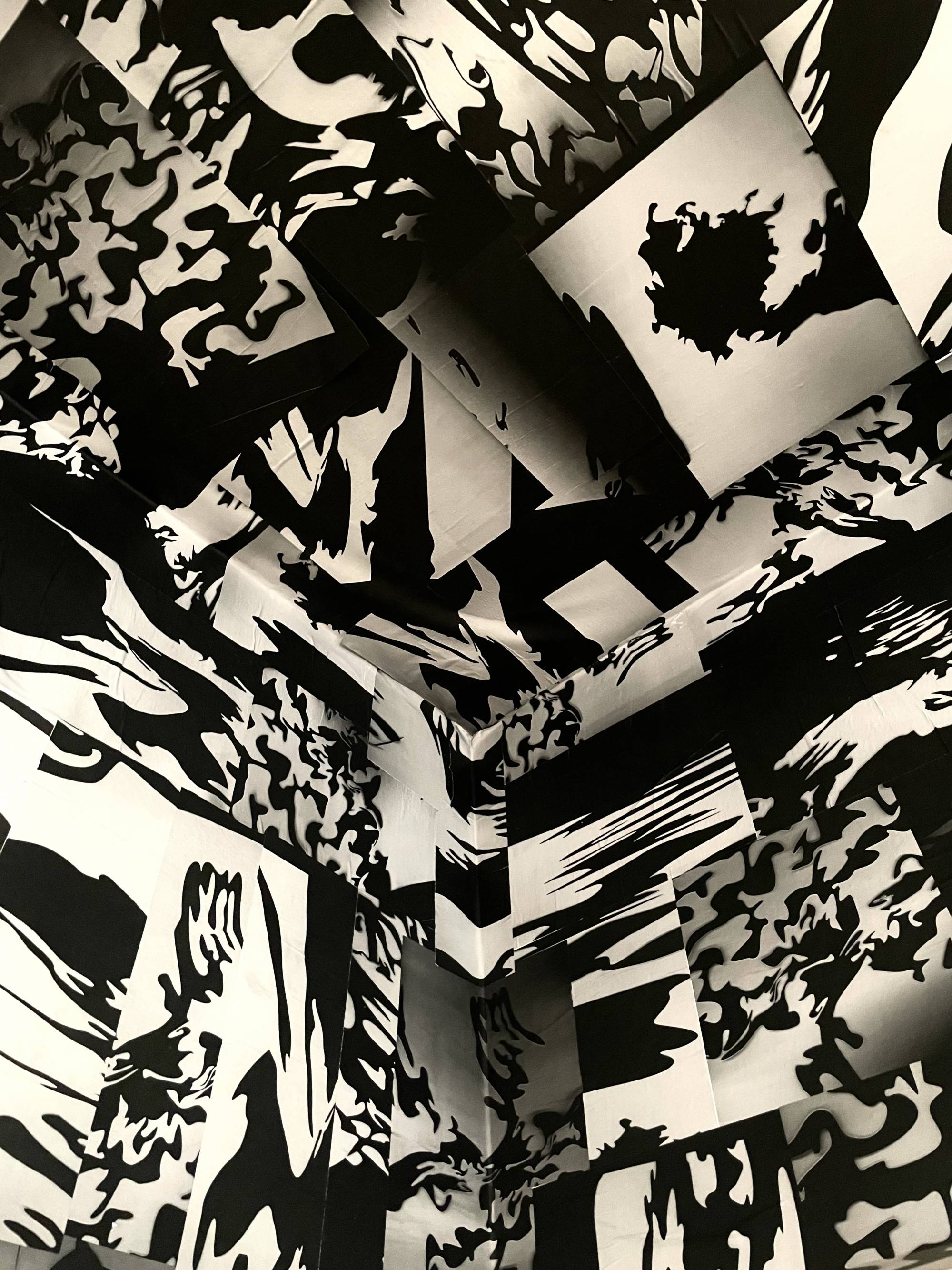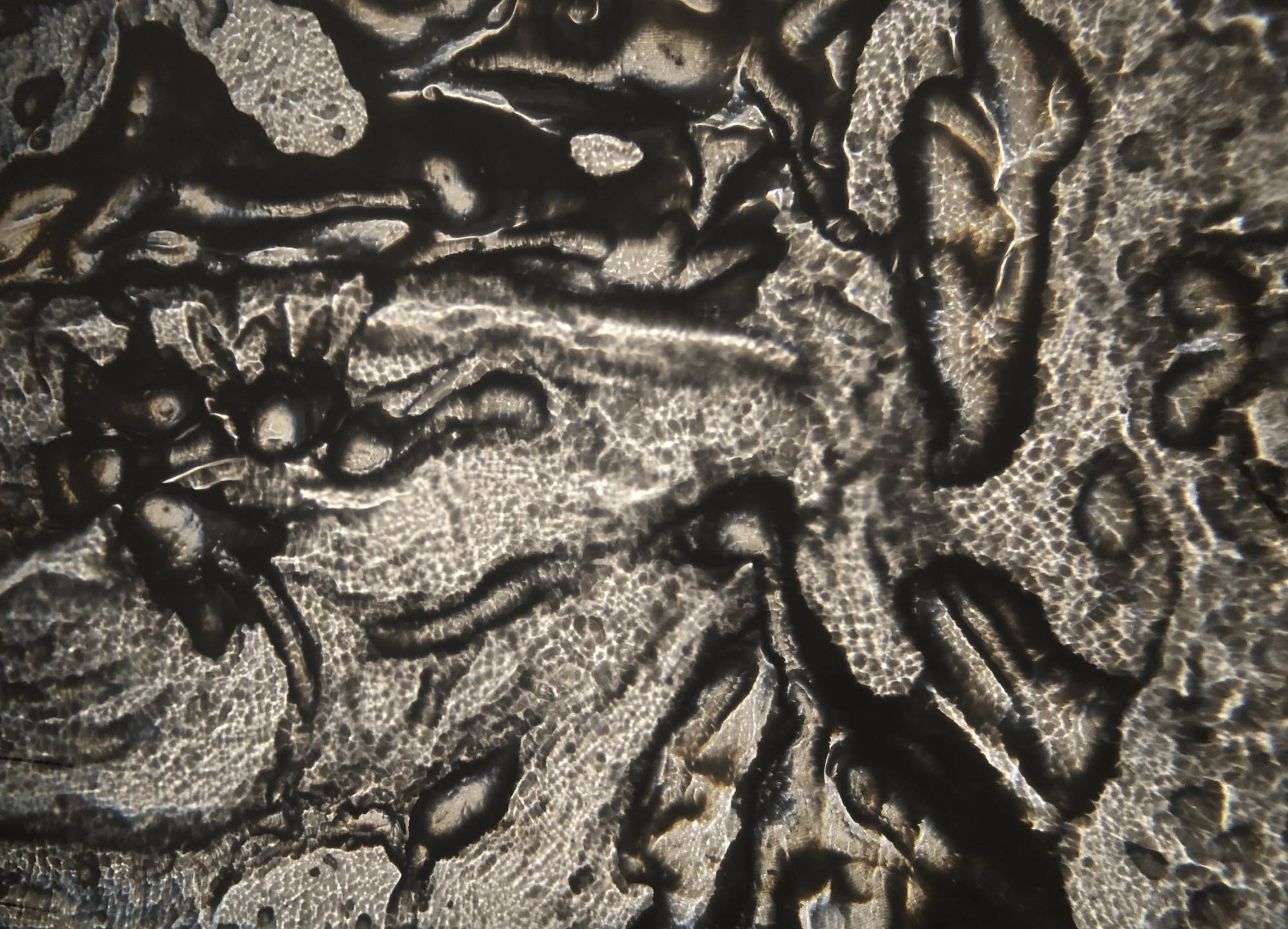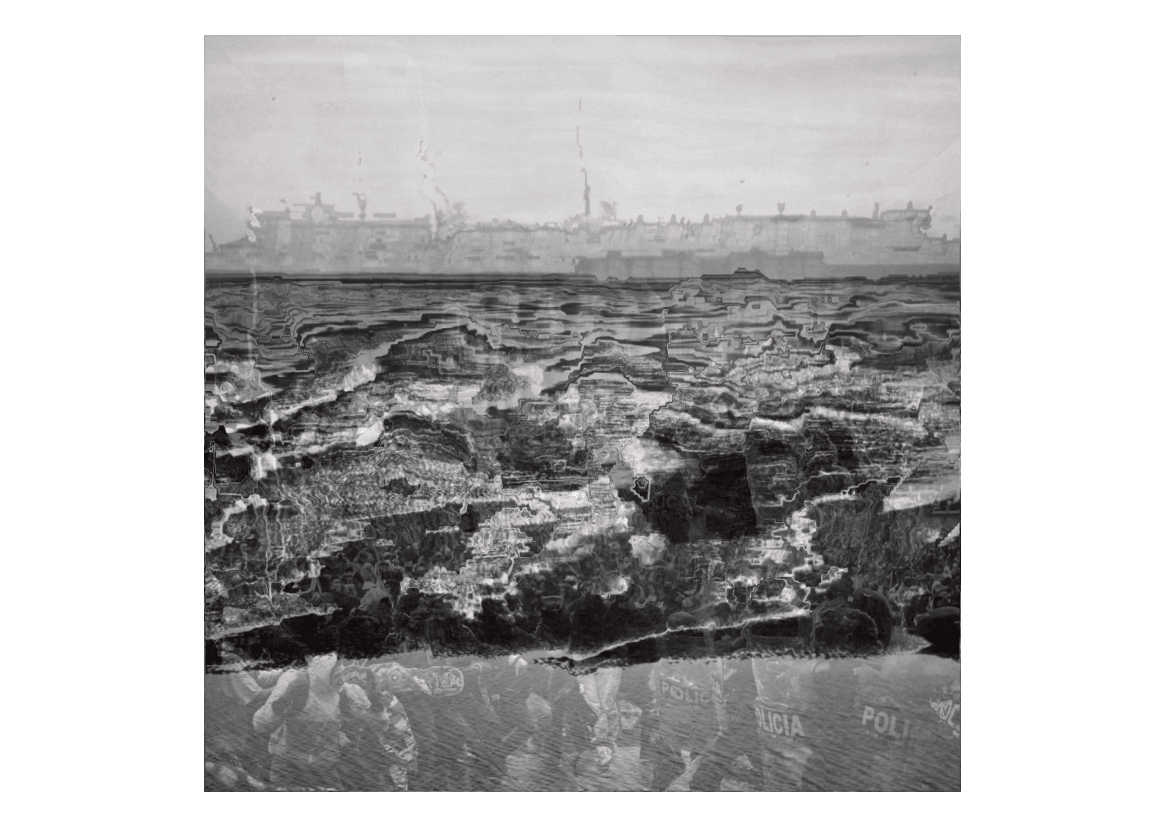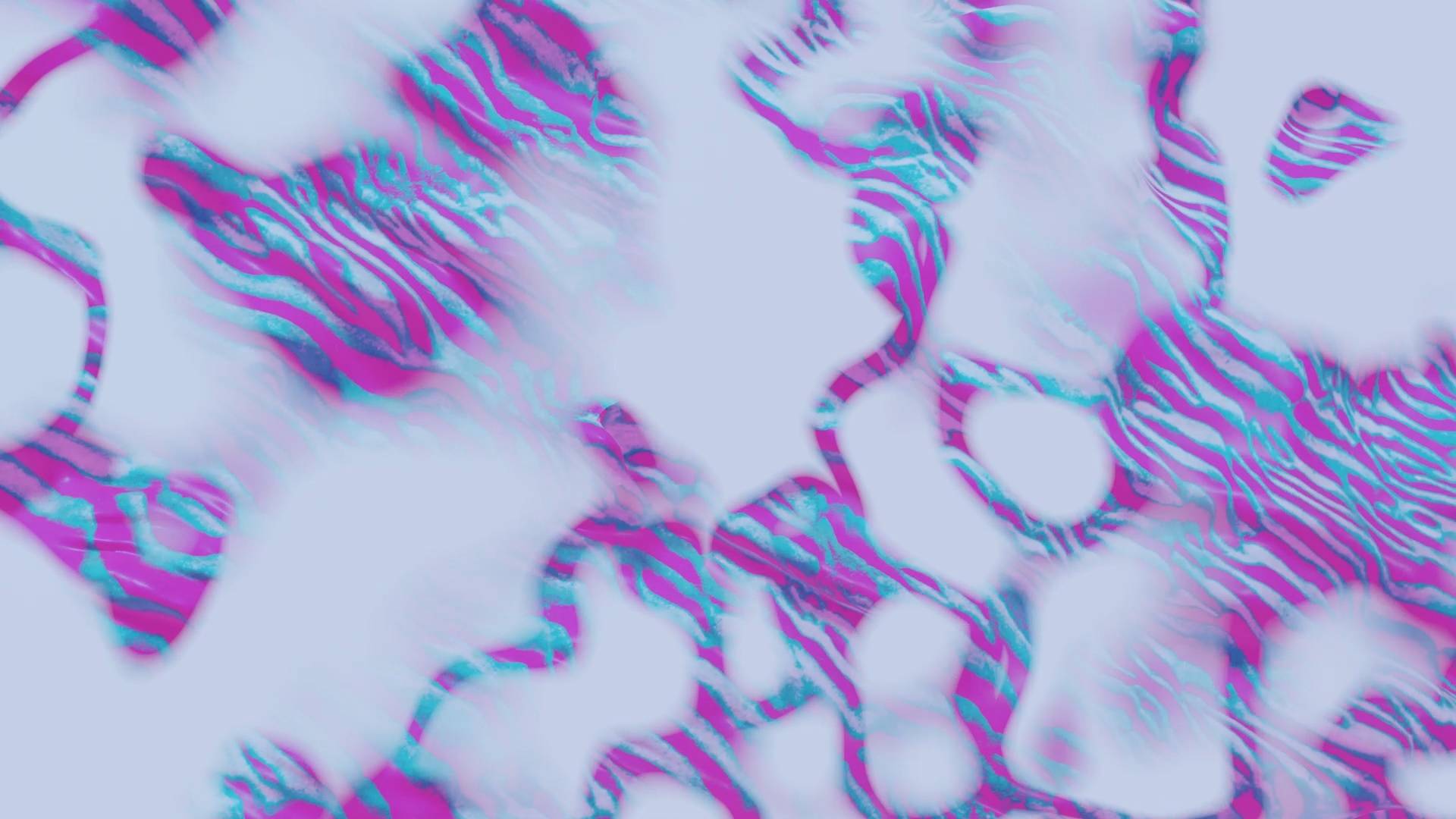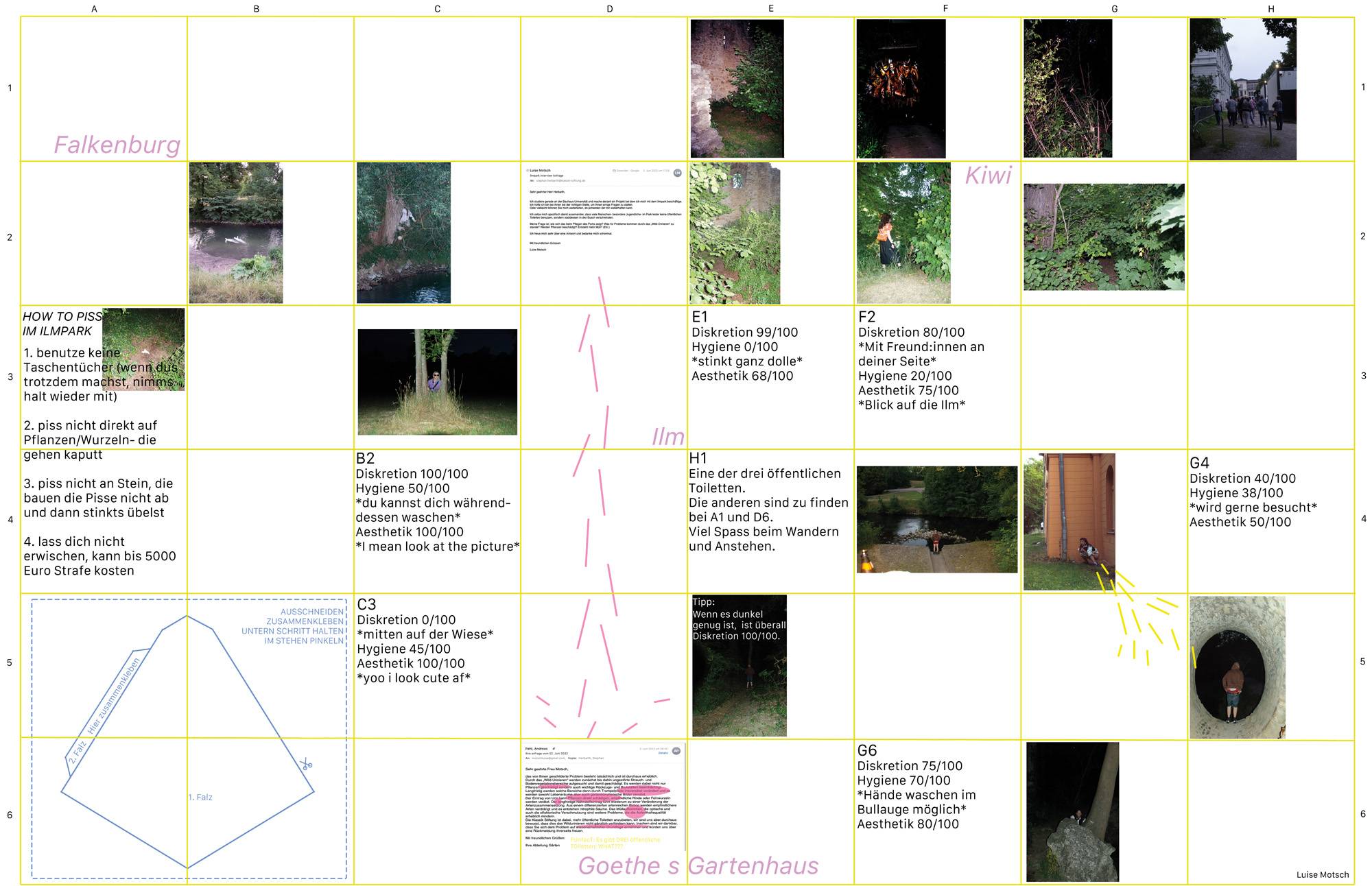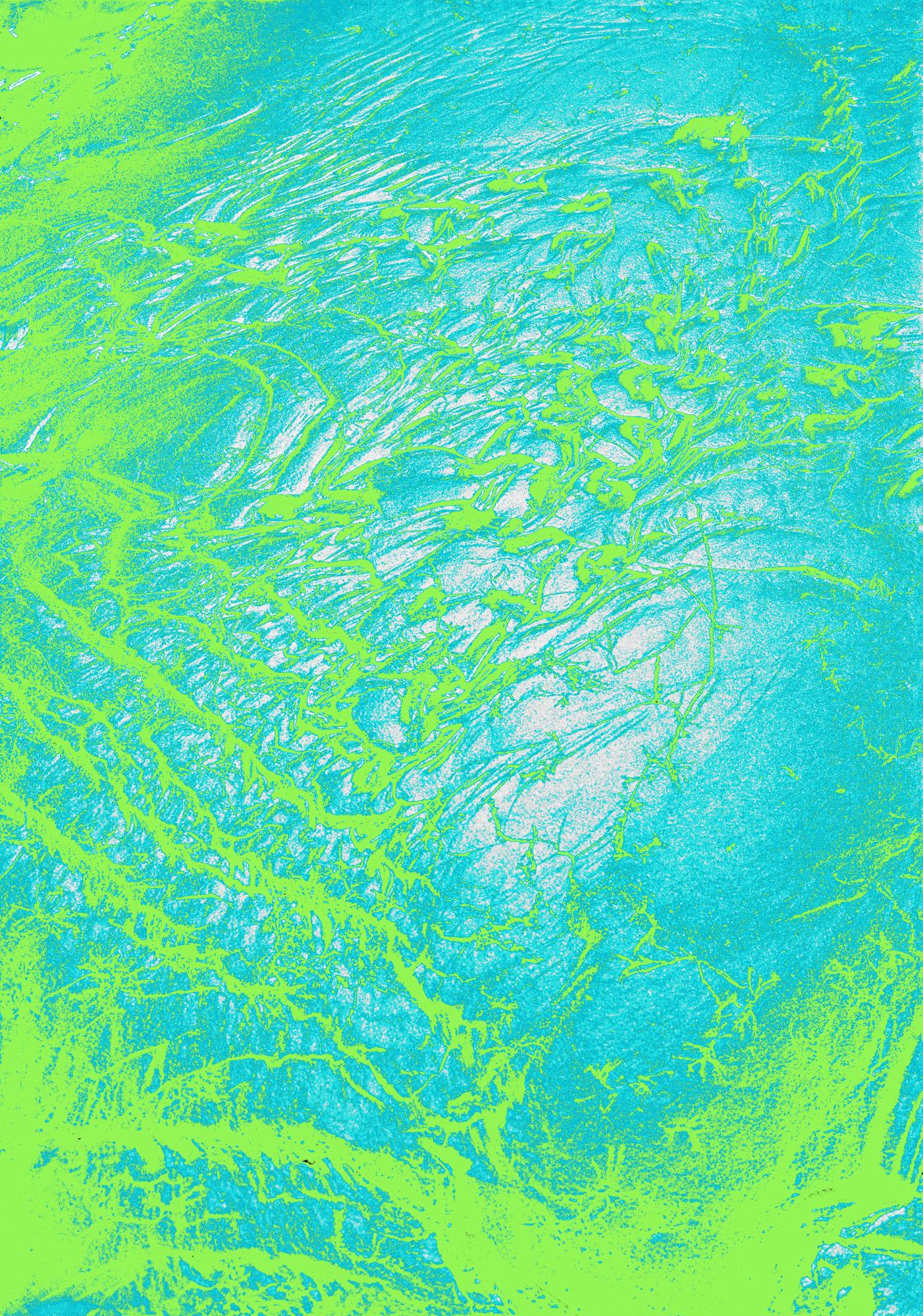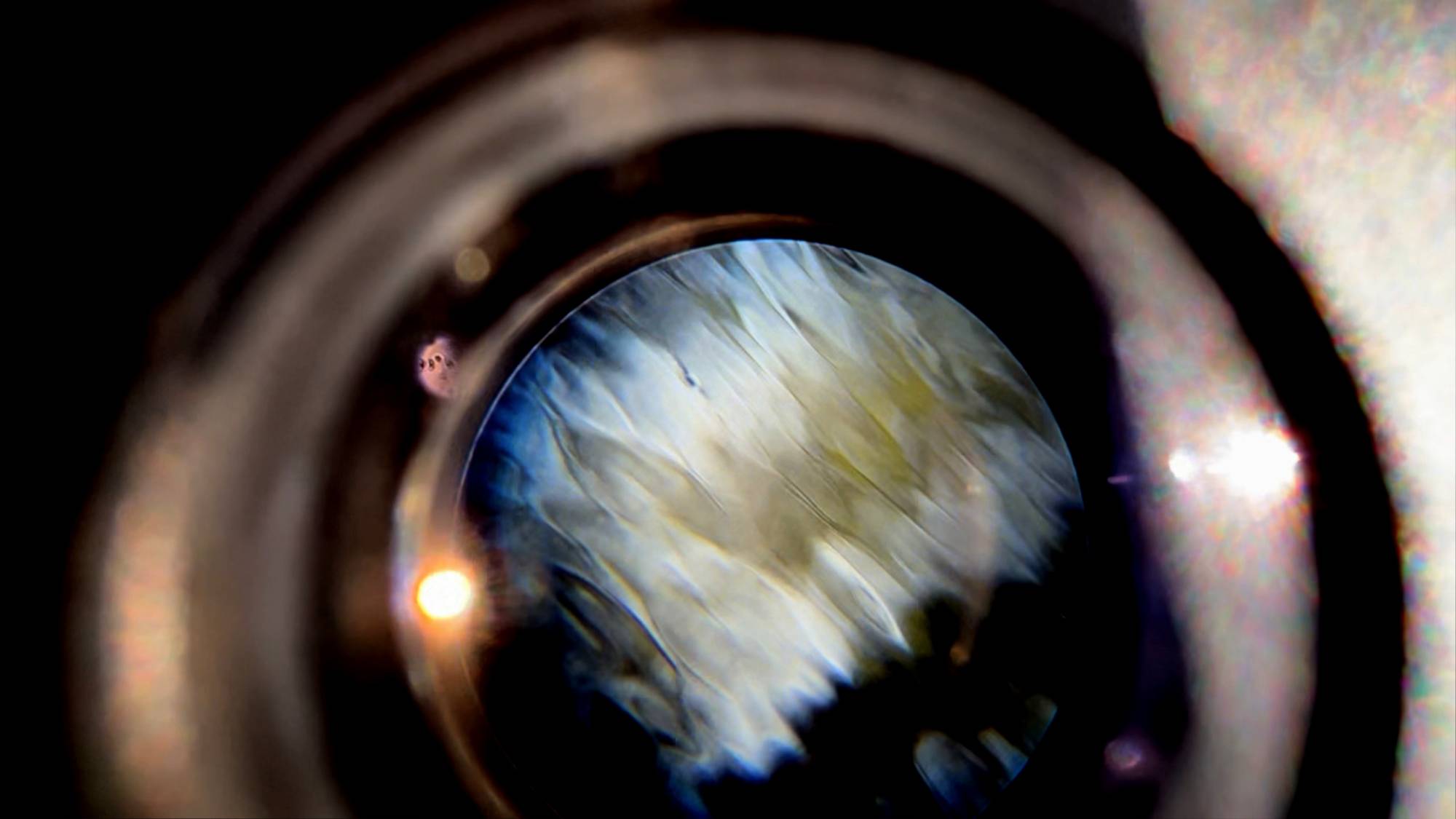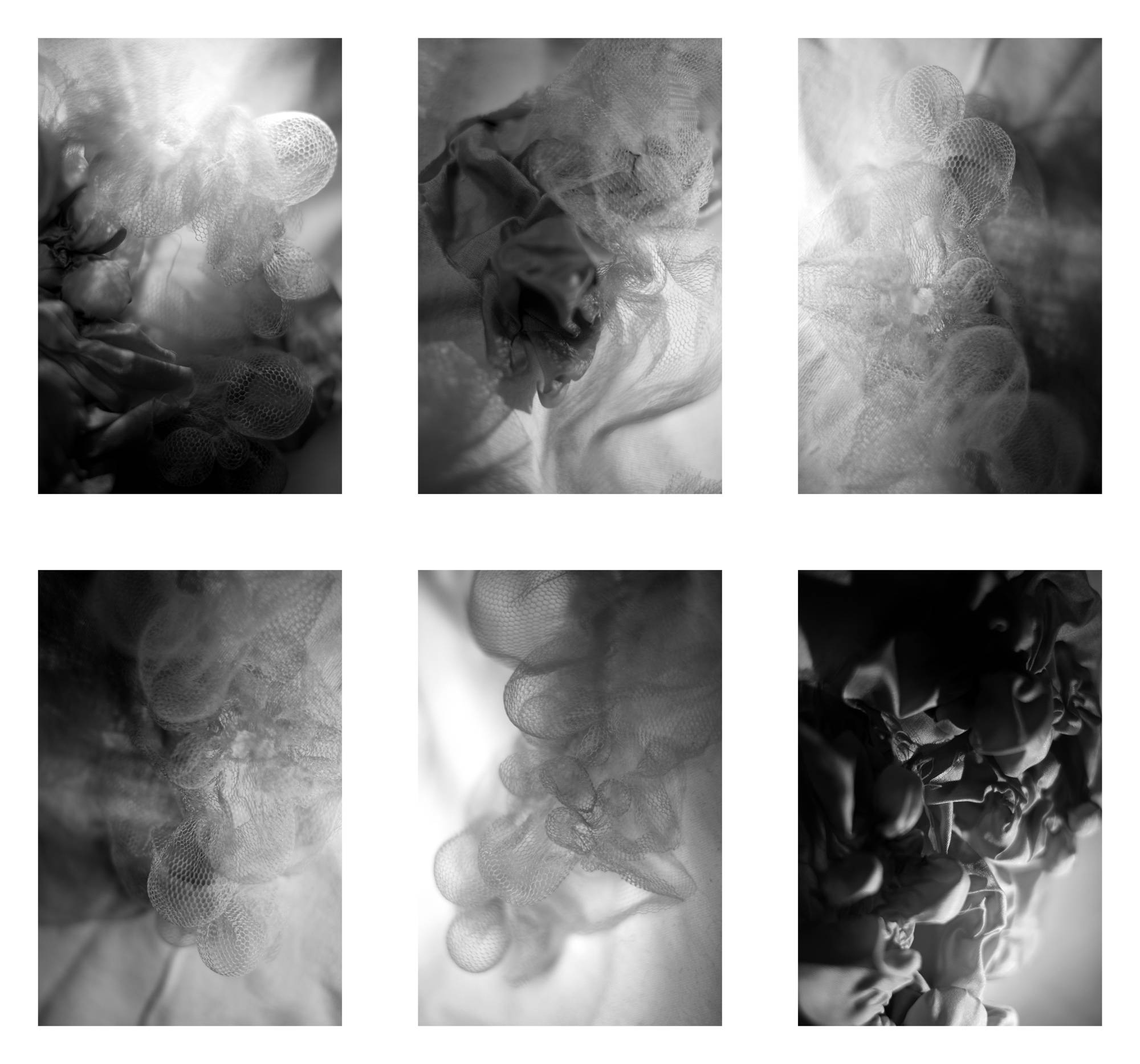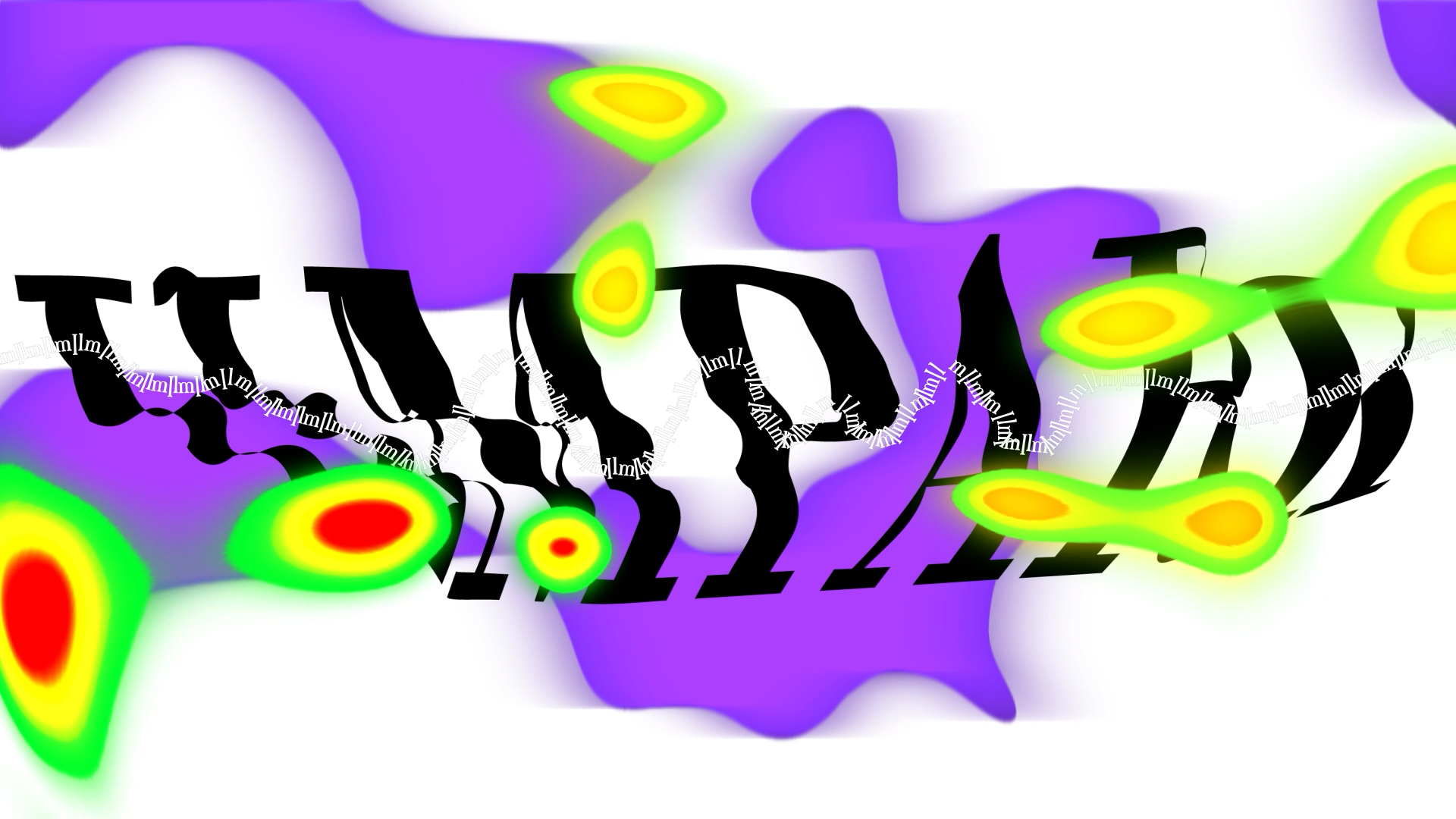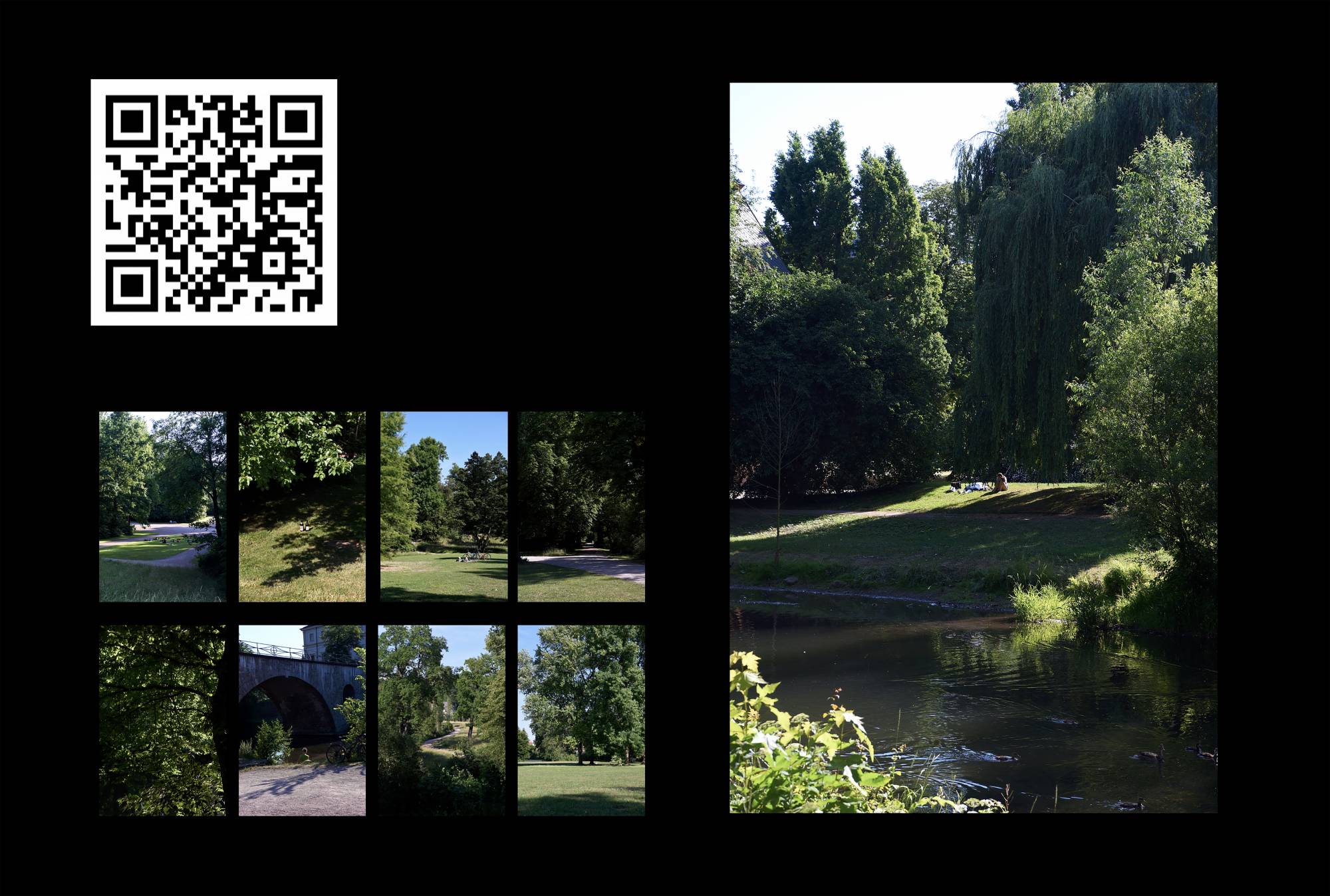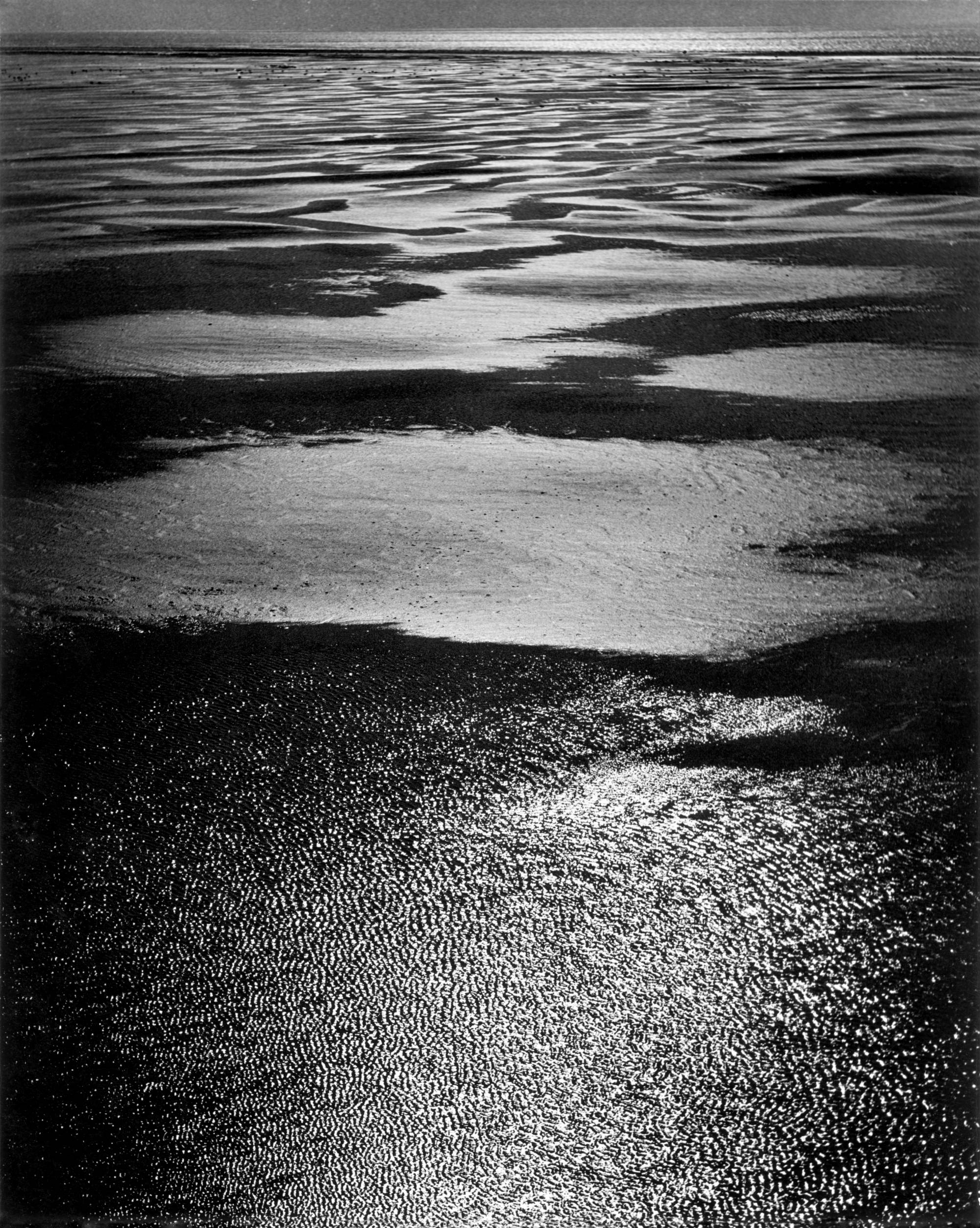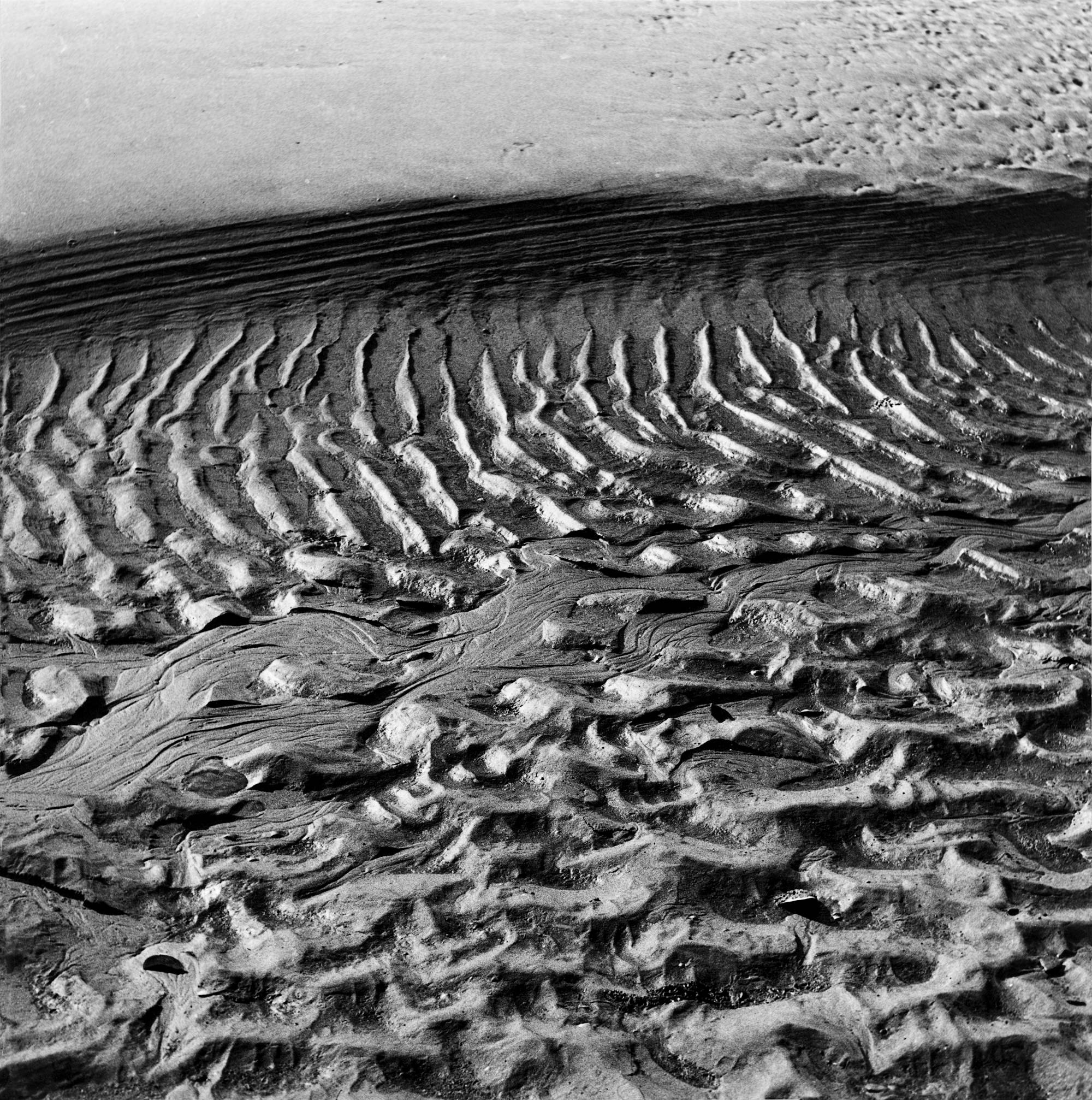In diesem Projekt arbeiten wir mit Bildarchiven und der Analyse dieser, wir nutzen Übersetzungstools für bewegte Grafik an stationären Bildern, animieren diese und lassen diese neu-erstellten oder erweiterten Bildinhalte sprechen. Was müssen Bilder heute leisten können und wie veränderbar ist ihr Inhalt um immer noch mit ihrer Ausgangsinformation konnotiert zu werden?
Zusammen mit der Alfred Erhard Stiftung arbeiteten wir mit Bildern aus deren Archiv und erweiterten, veränderten oder erweckten die Deutungsebene dieser Bilder.
Wir erforschten den Park um uns mit experimentellen kartografischen Werkzeugen, begaben uns auf die Spuren der »Strollology« und stellten Entfernungen abstrahiert dar. Wir wanderten grafisch und erstellen neue Möglichkeiten der Darstellung von Strecke und Entfernung, ”Wir gehen unsere eigenen Wege“
how to talk, how to walk, how to show — arbeitete an konkreten Beispielen, Orten und Räumen, um deren Funktionen zu verstehen.
